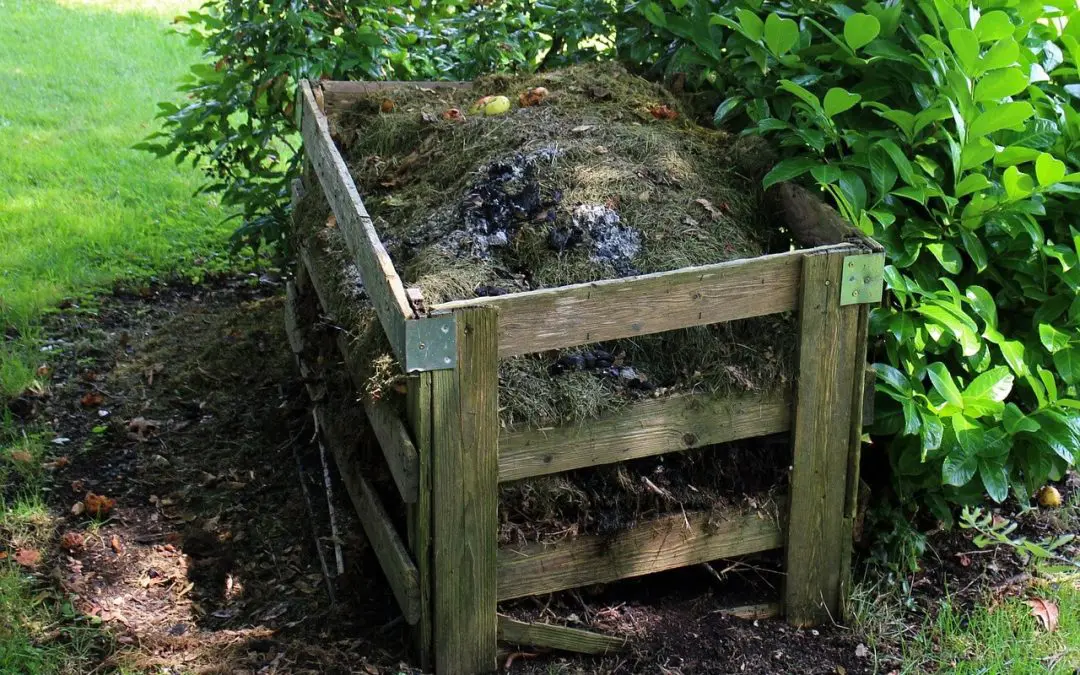Composting is a natural process that transforms organic waste into a nutrient-rich soil conditioner; it diverts waste from landfills and creates a valuable resource for your garden or plants. Whether you have a sprawling backyard or a cozy apartment balcony, composting at home is easier than you might think. Let’s dive into the ultimate guide to composting at home and discover how you can turn your kitchen scraps and yard waste into “black gold.”
Understanding the Basics of Composting at Home
Composting is the decomposition of organic matter by microorganisms, such as bacteria and fungi, into a dark, crumbly substance known as compost. This process occurs naturally in forests and fields but can be replicated in your backyard or indoors.
The key ingredients for successful composting are summed up in the phrase “browns and greens.” Browns refer to carbon-rich materials like dried leaves, straw, and newspaper, while greens are nitrogen-rich materials such as fruit and vegetable scraps, grass clippings, and coffee grounds. Balancing these components is crucial for creating optimal conditions for decomposition.
Choosing the Right Composting System
Before you start composting, consider which method best suits your space, lifestyle, and preferences:
- Backyard Composting Bin: Ideal for those with outdoor space, a composting bin or pile allows for larger-scale composting. You can choose from various designs, including enclosed bins, tumblers, or simple wire enclosures.
- Indoor Composting: Do you have limited outdoor space? Indoor composting options like worm bins or Bokashi bins are perfect for apartment dwellers or those living in urban areas. These compact systems can be kept discreetly under the kitchen sink or in a closet.
- Vermicomposting: Vermicomposting utilizes worms to break down organic matter into nutrient-rich castings. It’s an efficient method that produces high-quality compost quickly. All you need is a bin, some bedding material, and a population of composting worms.
Getting Started with Composting at Home
Once you’ve chosen your composting method, follow these steps to get started:
- Set Up Your Compost Bin: Place your composting bin in a convenient location with good drainage and airflow. If using a backyard bin, consider layering twigs or straw at the bottom to aid in aeration.
- Add Materials: Start by adding a layer of brown materials followed by green materials. Aim for a ratio of roughly two parts brown to 1 part green by volume. Chop or shred larger materials to speed up the composting process.
- Maintain Moisture and Aeration: Keep your compost moist like a wrung-out sponge, but not waterlogged. Turn or mix the contents regularly to introduce oxygen and promote even decomposition.
- Troubleshoot: If your compost is too wet and smelly, add more browns and increase aeration. If it’s dry and not decomposing, add more greens and moisture. Avoid adding meat, dairy, or oily foods, which will attract pests and slow decomposition.
Harvesting and Using Your Compost
With time and patience, your compost will transform into rich, earthy compost ready to use in your garden or for indoor plants. Here’s how to harvest and use your compost:
- Wait for Maturity: Depending on factors like temperature, moisture, and the size of your compost pile, it will take anywhere from a few months to a year for your compost to mature. You’ll know it’s ready when it’s dark, crumbly, and has a pleasant, earthy smell.
- Sift or Use as Is: If you prefer finer compost, sift it through a mesh screen to remove large chunks or undecomposed material. Otherwise, you can use it as is.
- Feed Your Garden: Spread a layer of compost over your garden beds, mix it into potting soil, or use it as a top dressing for potted plants. Compost adds essential nutrients to the soil, improves its structure, and enhances moisture retention.
Composting at home benefits the environment, your garden, and your plants. You can create a more sustainable future by diverting organic waste from landfills and harnessing its nutrient-rich potential. Whether you’re a seasoned gardener or a novice plant enthusiast, composting is a simple yet powerful way to reduce waste and nourish the earth. So why wait? Start composting today and watch your garden thrive with the help of nature’s recycling system.
FAQs About Composting at Home
Does composting smell bad?
Composting done correctly shouldn’t smell bad. Foul odors usually result from anaerobic decomposition due to too much moisture or lack of oxygen. Proper aeration and maintaining the right balance of materials will help prevent unpleasant odors.
Can I compost in winter?
Composting can continue in winter, although decomposition may slow down in colder temperatures. Insulating the compost pile with materials like straw or leaves and turning it regularly can help maintain decomposition even during colder months.
How do I troubleshoot common composting problems?
Common problems include odors, slow decomposition, and pest attraction. You can troubleshoot these issues by adjusting the carbon-to-nitrogen ratio, maintaining proper moisture levels, turning the pile regularly, and ensuring adequate aeration. If pests are an issue, cover food scraps with a layer of browns and secure the compost pile.
Can I compost weeds and diseased plants?
Yes, you can compost weeds and diseased plants, but it’s essential to ensure that your compost pile reaches temperatures high enough to kill weed seeds and pathogens. Consider using a hot composting method or adding these materials to municipal composting programs.
Legacy Property Inspections provides home inspections to customers in Southeast Georgia. If you’re buying or selling a home, contact us to schedule our services.

